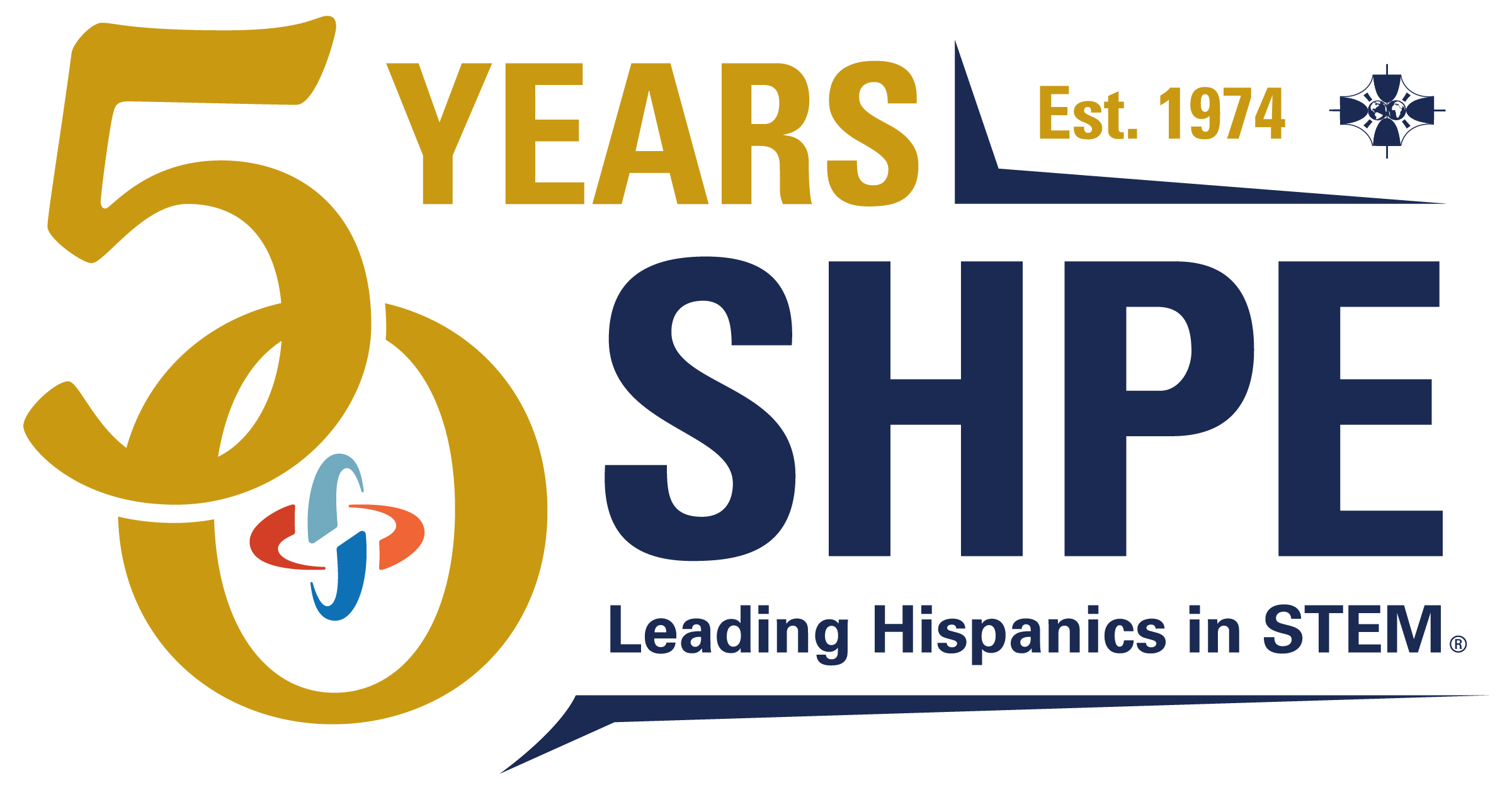
The Story of SHPE
Supporting Hispanics in STEM for nearly 50 years
The year was 1973. Rodrigo “Rod” Garcia was working as a civil engineer for the City of Los Angeles. When Rod was at work—even in the midst of a tech boom in California—he was a brown face in a sea of white. But when he drove home in the evenings or walked the streets, his city was far more colorful. LA was home to the largest Hispanic population in the country.


Rod is a man of action.
He gathered a cohort of fellow Hispanic engineers who shared his concerns, and they held a meeting in his garage to determine how they could contribute to diversifying the STEM field. The group quickly charged this side project with passion. Each of them had overcome barriers to break into the engineering world. It hadn’t been easy to get where they were; statistically, it had been nearly impossible. And after finally earning their places, they were still experiencing discrimination.
So the group set to work doing what engineers do best: designing and building. They leveraged their community and political contacts; making calls and meetings asking for support, upgrading their office from Rod’s garage to a PO Box across from City Hall, they called National Headquarters. In 1974, they officially formed the Society of Hispanic Professional Engineers (SHPE).
What was, back then, a small group of leaders has now grown into a nationwide professional association. SHPE serves more than 13,000 members, runs 280+ college and university chapters, and we’re coming up on 50 years at work.
Rod is thrilled with what his garage project has become, and he’s not the least bit surprised by SHPE’s success.
“No, I’m not surprised at all. We were engineers. We drew up the plan. This is what we dreamed of: an organization with a clear mission and a national presence. We always knew it had this kind of potential. To see it take off the way it has—it’s really special.” -Rodrigo Garcia, SHPE Founder
SHPE Through the Years - A Timeline
As we approach our 50th anniversary, it's more important than ever to reflect back on where we came from and how we got to the place we are now as leading Hispanics in STEM. Our history is our foundation. A foundation that supports what is now an internationally known and respected organization.
To memorialize the history of our Familia, we reached out to the team at History Associates Incorporated, a professional group of researchers, storytellers, and archivists. Using a variety of tools including conducting oral histories with our founders and several lifetime members, they compiled the full history of the organization.
From SHPE's start in 1973 in Rod Garcia's garage all the way through to the history-making year that was 2020, they created this visual, animated timeline.

Humble Beginnings

SHPE is Formed
Contextual Event

First Foundation Established

Fostering Corporate Partnerships

SHPE's First National Conference

New Directions With New Staff

Empowering Regional Organizations
Contextual Event

Training The Next Generation of Leaders

SHPE On Capital Hill
Contextual Events

New Leadership
Branching Out

Clarifying the Mission

An Official Magazine
Remember the Professionals

A Computer In Every School

An Intergalactic Partnership

Working For Student Success
The End of An Era

SHPE's First CEO
Recession & Recovery
Promoting Empowerment
A New Structure

From Conference to Convention
New Designs for a New Decade

Finding New Opportunities In Unprecedented Times

